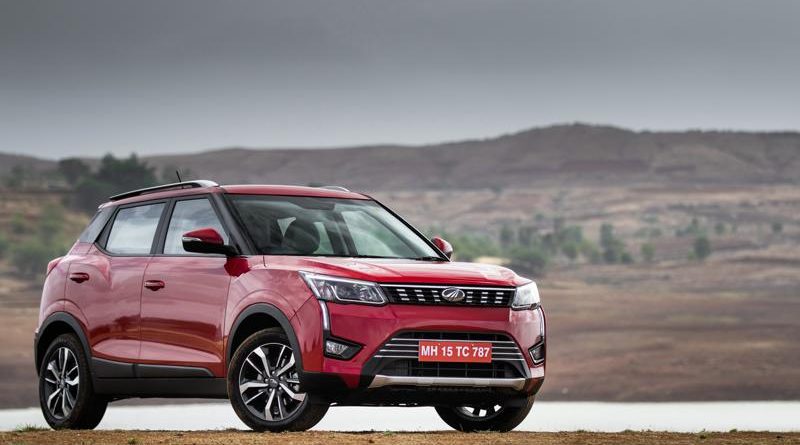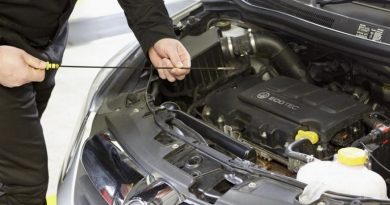A Complete Guide About How to Buy a Used Car in India
Buying a car is not one of the most complex tasks in life and yet there are so many things that can go wrong in the process. That is even more likely when you are buying used cars in India, a country where law offers very little protection against fraud. Combine that with the lack of experience from the buyer and you are likely to end up with a precarious situation riddled with slips and falls for the prospective buyers. What can help in this situation is if you were somehow to come across a complete guide about buying a used car in India. Well, you are in luck since we have listed down the things to check when buying a used car, and avoid any pitfalls that await you as you move forward to get the car of your dreams.

Here is a step-by-step breakdown of things to observe when buying second-hand cars in India.
- Selecting the right car
- Explore used car providers
- Inspect the Vehicle
- Test Drive the Car
- Check the Documentation
- Confirm Payment options
- Transfer Ownership through RTO
1. Selecting the right car
Whether you need a reliable hatchback, a spacious sedan, or a robust SUV, you need to have a clear understanding of how are you going to use your car. This will make it that much simpler to understand the features and specifications of the car that will meet your specific needs. You can then do some research to zero down on the make and model of the car that you want to go for keeping in mind your budget. It is important to carry out this step as without it if you proceed to the car lot or the website you can buy a vehicle that doesn’t match your needs.
2. Explore used car providers
Gone are the days when the buyers had to scan through newspaper ads or depend on the neighborhood used car salesman to provide a reliable vehicle. If you are not buying directly from the owner, you can go through the internet for some very competitive used car providers. This includes classified websites such as OLX, web aggregators such as Cars24 or CarTrade, and managed online marketplaces such as Revv. You can also head to the company’s used car dealerships such as Maruti TrueValue, Mahindra FirstChoice, etc.
3. Inspect the Vehicle
Contact the dealer or the owner to organize a vehicle inspection and test drive. The inspection can be done at their premises however many dealerships now also offer a home test drive facility. Inspect the exterior and interior of the car thoroughly. Look out for warning signs such as signs of repainting on the body which can indicate an accident. Check for oil leaks and other signs of wear and tear such as battery damage or condition of tyres. Switch on the car and run the engine to inspect if there is any black smoke from the exhaust or oil spouts from the exhaust. Also run a check on the electrical components such as lights, windshield wipers, horn, and dashboard lights. It is advisable to ensure you have knowledgeable friends or a trusted mechanic if you do not have enough knowledge and experience with cars.
4. Test Drive the Car
Once you have checked everything about the car it is time for a test drive. It is a common practice to run the car for a few kilometers to get a hang of the car and evaluate the performance. Pay close attention to the clutch operation, gear movement, and steering alignment as well as any noticeable noise that can indicate damage to the car. Check if the steering pulls to one side and take the car up a hike to check the performance of the air conditioner.
5. Check the Documentation
The important step that needs to be carried out once you have checked the car to your satisfaction is checking the paperwork of the car. Start by checking the registration certificate of the car matching with the chassis number of the car. Then proceed to check the insurance and if it is still valid. Also, check the No Claim Bonus which is awarded by the insurance provider if the vehicle does not claim any insurance. The NCB means that the car has been accident-free, and also the NCB can be transferred to the new owner of the vehicle. Also, check the service book for the record of repairs and maintenance work carried out on the vehicle. You can also submit relevant forms to the RTO for checking the accidental history of the vehicle.
6. Confirm Payment options
Confirm the payment method and the options of financing your vehicle if you need it. Many certified vehicles come with various loan facilities from the finance partners of the sellers such as when buying a second-hand car from Revv.

7. Transfer Ownership through RTO
Submit the various documents including the original RC, form number 35, and the NOC in case the car is being registered to a different RTO. The sale transfer forms no. 29 and 30 need to be submitted to the RTO as well. Do visit the local RTO to check all the paperwork required and have it all submitted before making the final payment.
You can save many of these difficulties by going for a reputed company to buy a pre-owned vehicle instead of taking a chance at dubious dealerships. One of the most credible and reliable places to do it is Revv. As you buy a used car in India from Revv, you get a detailed history report as well as one year warranty, and even a 5-day money-back guarantee if you did not like the vehicle. They can even assist you regarding second-hand car insurance through their insurance partners.







